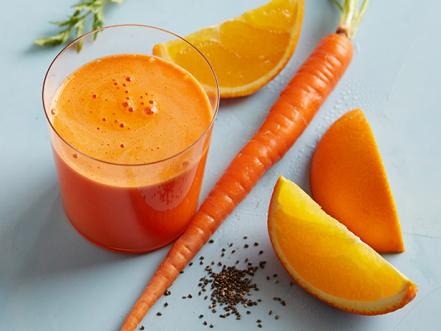Raw potatoes contain both starch and solanine, a naturally occurring glycoalkaloid toxin. Starch is a complex carbohydrate that serves as a primary energy source in many diets, but its digestion begins with cooking. The human digestive system struggles to break down raw starch efficiently, leading to potential digestive discomfort such as bloating and gas. Additionally, raw potatoes contain solanine, which is concentrated in the skin and green parts. Solanine is a defense mechanism developed by the potato plant to deter pests, and consuming it in excess can be toxic to humans.
Cooking potatoes not only neutralizes solanine but also enhances the availability of certain nutrients. For instance, the heat from cooking breaks down the cell walls of the potato, making nutrients like vitamins and minerals more accessible for absorption by the body. Raw potatoes, on the other hand, may have lower bioavailability of these nutrients, limiting their nutritional benefits.
While raw potatoes may have some downsides, they also offer certain nutritional advantages. Raw potatoes are a good source of vitamin C, an essential nutrient known for its immune-boosting properties. However, it’s important to note that cooking does lead to some loss of vitamin C. Including raw potatoes in your diet, particularly if they are fresh and unblemished, can contribute to your overall vitamin C intake.
Despite the potential health risks associated with eating raw potatoes, there are culinary uses for them. Some people enjoy the crisp texture of raw potatoes and incorporate them into salads or snacks. Shredded raw potatoes can be used in dishes like latkes, providing a unique flavor and texture. However, it’s crucial to handle raw potatoes with care and be mindful of potential toxins, especially in the skin and green areas.
In addition to direct consumption, raw potatoes have found application in alternative forms such as juicing. Potato juice is claimed by some to have various health benefits, including promoting digestion and supporting skin health. However, these claims are not universally supported by scientific evidence, and individuals should exercise caution when exploring unconventional uses of raw potatoes.
When considering the safety of eating raw potatoes, proper storage and selection are critical. Potatoes should be stored in a cool, dark place to prevent the development of solanine. Choosing fresh and unblemished potatoes reduces the risk of ingesting toxins. It’s advisable to peel and remove any green parts before consuming, as this minimizes the potential solanine content.
In conclusion, the decision to eat raw potatoes depends on various factors, including personal preferences, health considerations, and culinary practices. While raw potatoes offer certain nutritional benefits, they also come with potential risks due to the presence of solanine. Cooking remains the most effective way to neutralize solanine and enhance the bioavailability of essential nutrients. Individuals interested in exploring raw potato consumption should do so cautiously, ensuring proper selection, handling, and storage to mitigate potential health risks. Overall, a balanced approach that incorporates both cooked and raw forms of potatoes can contribute to a diverse and nutritious diet.



